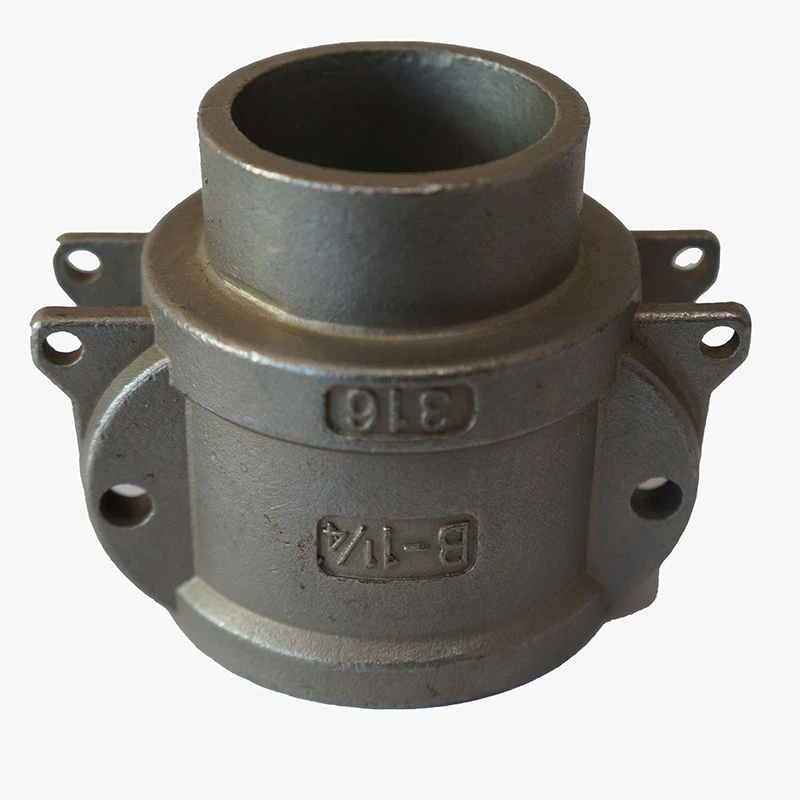magnesium alloy die casting
The Advancements and Applications of Magnesium Alloy Die Casting
Magnesium alloys have emerged as a significant material in the die casting industry, thanks to their excellent mechanical properties, lightweight nature, and high corrosion resistance. In recent years, the demand for magnesium alloy die casting has surged due to the growing need for lightweight materials in various industries, particularly in the automotive and aerospace sectors.
Understanding Magnesium Alloys
Magnesium is the lightest structural metal, which makes magnesium alloys particularly attractive for applications where weight saving is crucial. These alloys typically contain small amounts of aluminum, zinc, or manganese, enhancing their strength and durability. The unique properties of magnesium alloys, such as a high strength-to-weight ratio and exceptional machinability, allow for the formation of complex shapes with intricate details, which is invaluable in the manufacturing process.
The Die Casting Process
Die casting is a manufacturing process that involves forcing molten metal into a mold cavity under high pressure. This results in parts that have a high level of dimensional accuracy and a smooth surface finish. When it comes to magnesium alloys, this process is especially advantageous because it allows for the production of lightweight components that meet stringent performance criteria. The die casting technique can be conducted at high production rates, making it cost-effective for mass production.
Applications in the Automotive Industry
The automotive industry is one of the largest consumers of magnesium alloy die casting. Automakers are increasingly using magnesium components to lower vehicle weight, which in turn improves fuel efficiency and reduces carbon emissions. Key applications include engine blocks, transmission cases, and structural components. For example, the use of magnesium die-cast parts in vehicles can lead to a weight reduction of approximately 25-30% compared to aluminum parts, providing significant advantages in energy savings and overall performance.
Aerospace and Other Industries
magnesium alloy die casting

In the aerospace sector, the weight-saving benefits of magnesium alloys are even more pronounced. Aircraft manufacturers are incorporating magnesium die casting for parts such as housings and brackets, where reducing weight helps increase fuel efficiency and payload capabilities. Beyond automotive and aerospace, other industries such as electronics, sports equipment, and consumer goods are also leveraging magnesium alloy die casting. Mobile phone casings, laptop components, and high-performance sports gear are just a few examples where magnesium alloys are playing a crucial role in development.
Environmental Benefits
Sustainability is a significant concern for manufacturers today. Magnesium alloys offer environmental advantages due to their lightweight nature, which contributes to lower energy consumption in vehicles. Furthermore, magnesium die casting can be recycled, reducing waste and promoting the circular economy. The ability to recycle magnesium alloys effectively means companies can minimize their environmental footprint while maintaining high material performance.
Challenges and Future Directions
Despite its advantages, there are challenges associated with magnesium alloy die casting. Some of these include the metallurgical complexities of magnesium, which can lead to defects such as porosity and hot cracking if not properly managed. Furthermore, the development of advanced techniques and technologies for die casting magnesium is still ongoing. Innovations in mold design, surface treatment processes, and simulation software are all crucial for overcoming these challenges.
Looking ahead, the future of magnesium alloy die casting appears promising. Continued research and development in this area are expected to yield improved alloy compositions and casting processes, further enhancing the performance and application potential of magnesium alloys. With the ongoing push for lightweight materials and sustainability, magnesium alloy die casting is poised to play a critical role in various industries.
Conclusion
In conclusion, magnesium alloy die casting represents a convergence of advanced manufacturing techniques and the pursuit of lightweight, high-performance materials. As industries continue to prioritize efficiency and sustainability, the role of magnesium alloys is likely to expand, making them an essential component of modern engineering practices. The combination of reduced weight, improved energy efficiency, and recyclability makes magnesium alloy die casting an industry of the future.
-
Top Extras Casting Solutions Die Casting and Sand Casting Experts High-Quality Casting and Die Casting ServicesNewsJun.10,2025
-
Top SS Casting Manufacturer Aluminum Die Casting Manufacturer China Precision Die Casting Company SupplierNewsJun.10,2025
-
High-Quality Brass Casting Sand for Precision Sand Casting Brass at HomeNewsJun.10,2025
-
Affordable Aluminum Sand Casting Solutions Custom PartsNewsJun.09,2025
-
High-Quality China Sand Casting Services Cost-Effective & ReliableNewsJun.09,2025
-
Premium Hot Stamping Parts Durable Plastic Decor SolutionsNewsJun.09,2025















